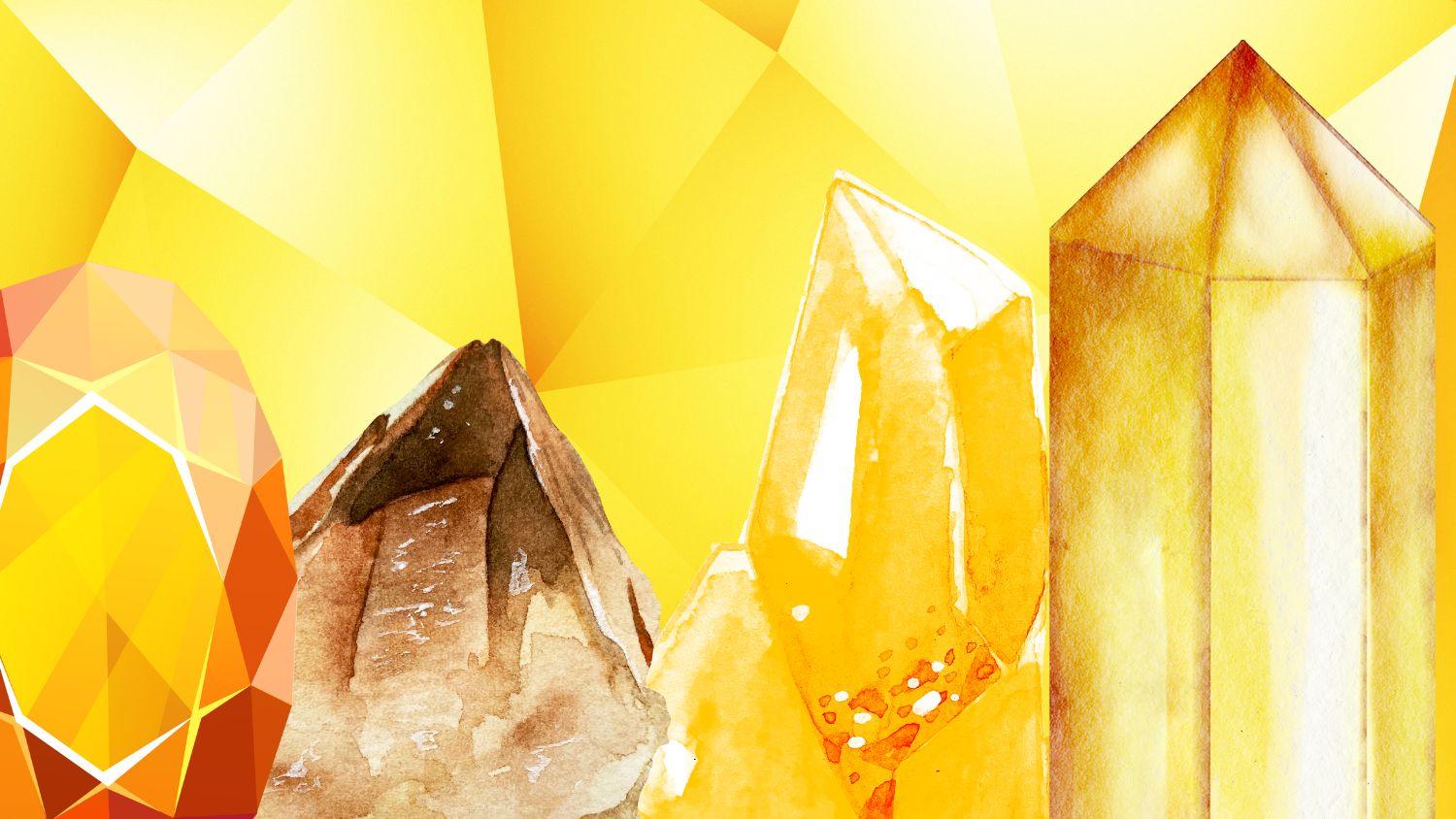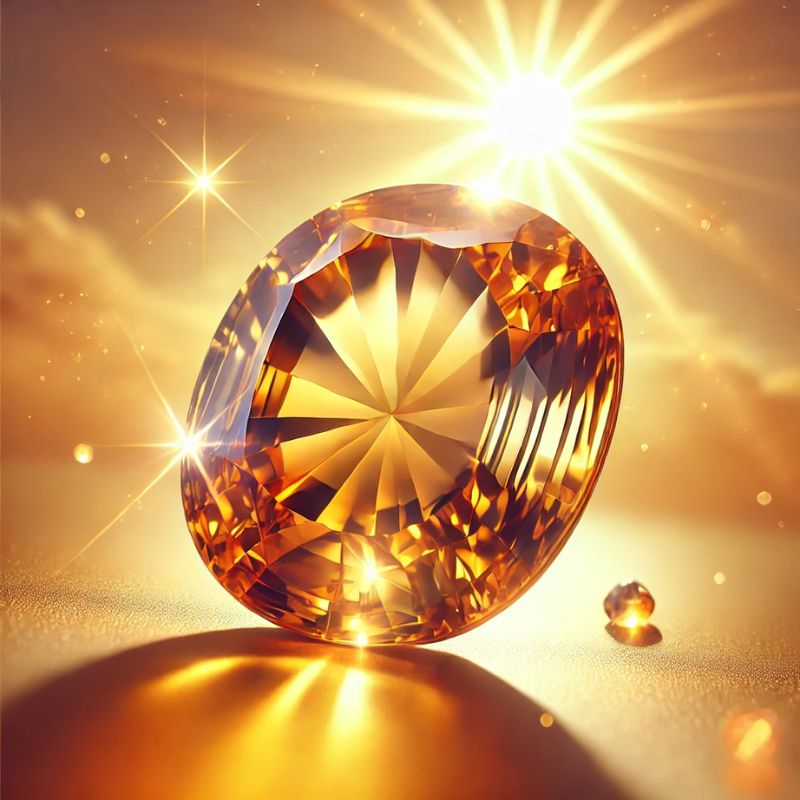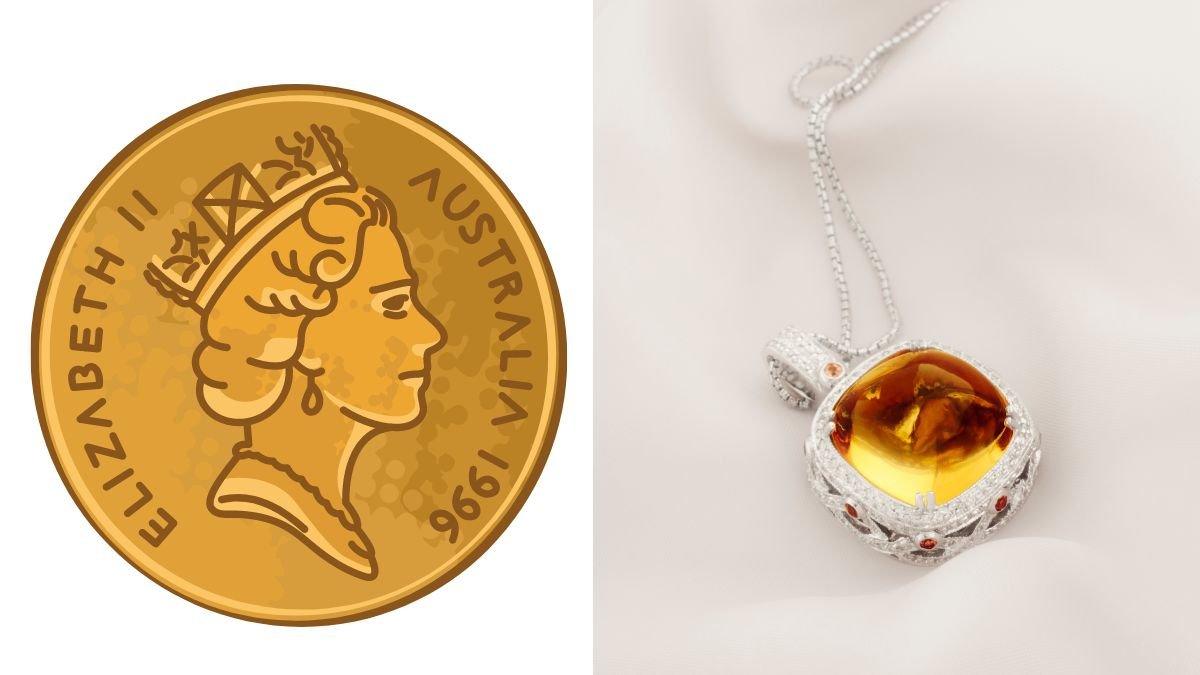Citrine: A Sunny Transformation (How does Citrine Forms)
Citrine, the gemstone known for its sunshine hues, boasts a unique origin story. Unlike many gems, it's not born from intense heat and pressure, but from the transformation of another mineral: quartz.
Quartz to Citrine: A Natural Makeover of quartz and citrine.
The key player? Amethyst, a purple quartz variety. When exposed to natural heat from hydrothermal fluids deep within the Earth (think 175°C to 300°C!), the iron within amethyst rearranges. This shift creates the magic – the vibrant yellow to fiery orange colors of citrine emerge!
Color Spectrum: A Rainbow of Sunshine
The intensity of citrine's color depends on the amount of iron and the heat it experiences. Lower heat yields pale yellow, while higher temperatures create fiery orange tones eventually color citrine.
Nature's Rarity: Natural vs. Heat-Treated
While natural citrine forms this way, much of the market citrine is actually heat-treated amethyst – a process replicating nature's magic in a lab. Both natural and heat-treated citrine offer beauty and potential benefits.
A Gemstone Brimming with Sunshine
Citrine's transformation from humble quartz to a radiant sunshine stone is a fascinating story. Its captivating color spectrum and unique origin make it a truly special gemstone, perfect for adding a touch of sunshine to your life.




